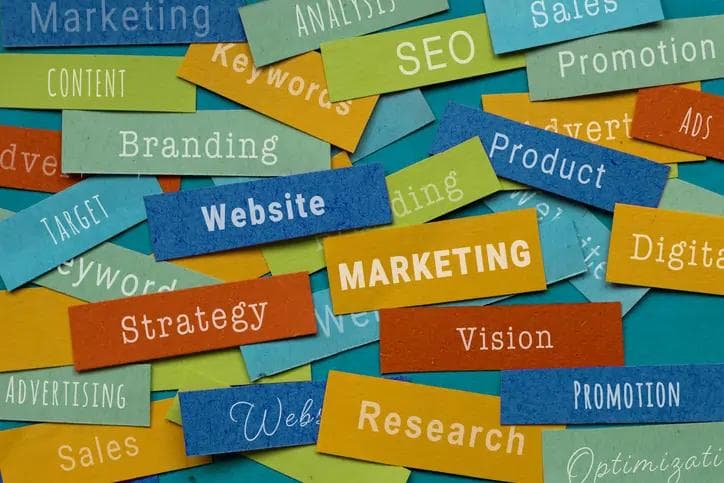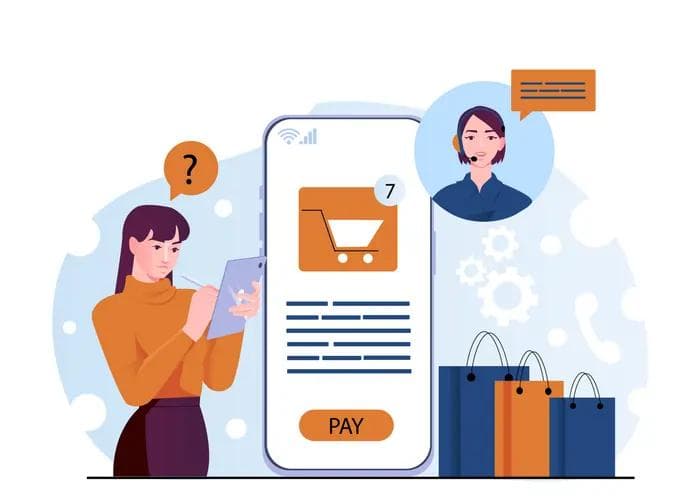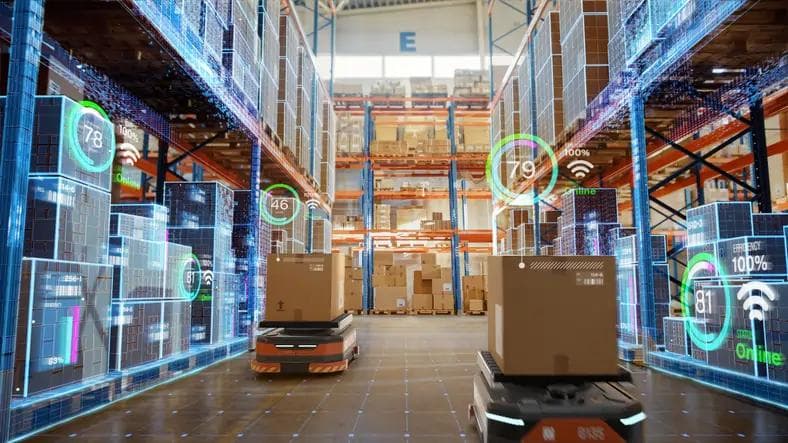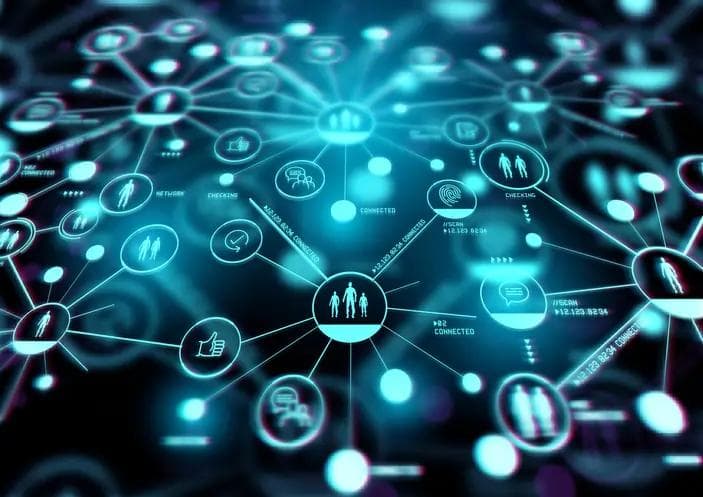Adapting to Shifting Trade Winds: Insights from the Covid Era
Adapting to Shifting Trade Winds: Insights from the Covid Era
Published by Wanda Rich
Posted on May 27, 2025

Published by Wanda Rich
Posted on May 27, 2025

For B2B payments and eCommerce expert Allen Bonde, today’s tariff crisis parallels Covid-19 disruption to such a degree that many of the same playbooks and responses can be reused
With all the noise swirling around business right now—shifting trade winds, tariffs, political uncertainty, protectionist policies, and looming talk of global recession—some unusual forces are starting to shape our day-to-day.
What may be surprising amid what can at times feel like an era of unprecedented disruption is that I remain cautiously optimistic. We have faced comparable challenges before, as recently as five years ago, and not only did we navigate them successfully, but many organizations used that period as a catalyst to fundamentally reimagine and future-proof their operations.
In my view, and based on recent conversations with a number of market watchers, consultants, and business leaders, there is no reason we cannot achieve this again. In fact, with the hard-won lessons of the past and the digital foundations now in place, we are well positioned to make even greater strides, building more resilient and agile ways of working.
Let me begin by completing the analogy. In the early days of Covid-19, the world was caught off guard; activity came to a near standstill, and The World Bank described the initial phase as “an unprecedented shock to the private sector.” Yet, remarkably, businesses demonstrated a level of resilience and innovation that exceeded expectations—and did so with striking speed.
So, while the underlying causes may differ, ranging from tariff increases and supply chain disruptions to cost volatility, the outcomes and necessary responses are notably similar. By revisiting the lessons learned during that earlier period, we may find what we are dealing with now, is in fact, another opportunity in disguise.
Responding in a crisis
At the onset of the COVID crisis, the world’s immediate response to the realization it could no longer operate as before was a decisive and significant investment in digital infrastructure. Famously, McKinsey reported that businesses accomplished three to four years’ worth of digital transformation in just the first six months of the pandemic. The urgency of the moment swept aside bureaucracy—and, to a degree, caution—prompting a sharp focus on immediate problem-solving and enabling bold, swift action.
A similar sense of urgency is emerging today. While tariffs may serve as the immediate pressure point, the broader opportunity remains consistent: to fundamentally reimagine how we operate, how we source, how we sell, how we serve and support our buyers, and how we cultivate experience loyalty, namely fostering long-term, mutually beneficial relationships that extend well beyond the traditional vendor-customer dynamic.
In other words, while complexity is inevitable, we have considerable power to mitigate its most disruptive effects. Now is the time to support customers in formulating practical responses to today’s most pressing questions: What is unpredictable and beyond our control? What is unpredictable yet manageable? And, perhaps most importantly, what is relatively predictable and well within our capacity to address?
In my view, the emerging economic division and the repercussions of current U.S. economic policy distinctly align with that third category. While we are unable to prevent the imposition of tariffs, we can—and must—strategically prepare for their effects.
Think of the long ‘TAIL’ (Trusted, Adaptive, Intelligent, and Localized)
In 2020, I was working as an analyst at Forrester Research when the global pandemic struck. During that time, we conducted interviews with key players across industries such as airlines, manufacturing, and retail to identify three key traits that distinguished the leaders from the laggards. We eventually distilled these traits into core attributes: being adaptive, creative, and resilient.
This insight, combined with TreviPay’s research on buyer-seller loyalty, led to the development of our new approach—TAIL: Trusted, Adaptive, Intelligent, and Localized. As we look to the present, these traits continue to be crucial.
T = Trusted relationships
Whether it’s 2020 or 2025, trust remains the currency of commerce. In a recent study we conducted with 300 B2B buyers across the U.S. and UK, trust emerged as the top deciding factor when selecting a supplier, surpassing both price and payment terms. It’s also critical to note that loyalty was highest among buyers who were offered their preferred payment methods.
To provide certainty in uncertain times, now is the time to reinforce relationships. Reaching out, checking in, and understanding how they are navigating challenges—whether through adjusting supply chains or managing inventory—are key. But don’t just offer a sympathetic ear; be a true partner. Demonstrating commitment to their success by offering solutions, such as credit flexibility, is crucial. For example, “We’re raising your credit line by X% because we believe the extra room will help navigate these challenges.”
In other words, organizations must establish themselves now as the partner who proactively steps forward and says, “We see your costs rising, and we’re here to help.”
A = Adaptive foundations
Remember when airlines converted passenger routes into cargo operations? Or when retailers transformed their stores into distribution centers? These pivots were only possible because they had built flexible infrastructure—systems capable of adapting to new challenges rather than being so rigid that they couldn't experiment in tough times.
The same holds true in today’s economic landscape, particularly in an era of tariff disruptions. Companies that can quickly adjust pricing, offer trade credit, and streamline onboarding processes are the ones that will gain market share. Order-to-cash workflows, in particular, present a significant opportunity for optimization. McKinsey’s research shows that for every $1 invested in improving these workflows, companies can see up to $6 in returns. Whether you’re a consultant focused on this area or simply seeking tangible ROI, this is the place to direct your efforts.
I = Intelligent decision-making
Let’s talk about AI. While it’s not new—I was discussing its extensive enterprise use ten years ago—the current accessibility of AI has changed the game. Tools like ChatGPT, Google NotebookLM, and specialized AI assistants now offer unparalleled opportunities to analyze customer journeys, forecast risks, and simulate market scenarios.
In the context of navigating disruption, organizations must move beyond merely experimenting with generative AI and begin leveraging it not only for operational efficiency but also for strategic purposes. Companies should map out buyer journeys, compare how deals have evolved pre- and post-tariff, and identify areas ripe for optimization or protection. Through this process, they will uncover friction points such as pricing thresholds, sourcing shifts, abandoned carts, and more, all of which will provide crucial insights into where interventions can be made to mitigate the most significant challenges.
For example, this is particularly critical for embedded finance. As payment expectations continue to evolve, frictionless options are no longer a luxury—they are a necessity. Buyers demand flexibility, seamless integration, and transparency. If organizations fail to provide these capabilities, competitors will, plain and simple.
L = Localized operations
During the early days of the novel coronavirus, businesses recognized their over-reliance on single-region sourcing. We are likely to see similar adjustments now. A recent Gartner survey of global supply chain leaders revealed that 51% believe they could regionalize at least 25% of their supply chain within 12 months, if necessary.
That’s a significant shift, and surprisingly achievable. However, the key takeaway for me is that localization isn’t solely about cost or shipping times; it’s also about fostering trust through proximity. Nearshoring and supplier diversification mitigates exposure to geopolitical disruptions and also enhances agility. Companies that invest in these strategies now will be better positioned to thrive when the next crisis arises. Additionally, we must not underestimate the psychological advantage of “local.” Buyers inherently trust suppliers who are nearby or share cultural alignment. Whether the supplier speaks the same language—literally (Mandarin Chinese or Polish) or figuratively (I understand their brand values)—this proximity gives a competitive edge.
This time is different, but also familiar
The Covid era taught us that crises reveal character, forcing organizations to sharpen their focus and drive positive change. By its very nature, a crisis rewards bold thinking while punishing complacency.
The current tariff situation may feel unpredictable, but we already know how to respond: by prioritizing relationships, maintaining operational agility, leveraging intelligent tools, and anchoring ourselves closer to our customers.
While the shifting trade winds may be strong, if we adjust our sails as we did in 2020, we can expect to find ourselves moving faster than ever.
We’ve navigated challenges like this before, and that alone is a reason for optimism.
The author is an ex-Forrester and McKinsey analyst and startup advisor who is now CMO of payments platform leader TreviPay
Allen Bonde

Explore more articles in the Business category











